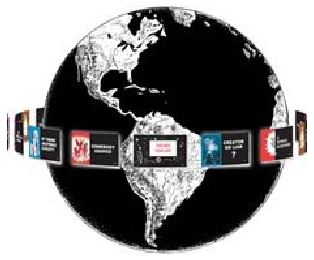Gospel Tracts: A Long and Famous History
• • • • • •
"God does nothing but in answer to prayer, and even they who have been converted to God without hearing of a Bible, were converted by the instrumentality of a tract."
John Wesley
• • • • • •
When German inventor, Johannes Gutenberg perfected the printing press around 1450, it not only opened the flood gates for Bibles, but also gospel tracts. Most great champions of the gospel considered tracts to be vital to their ministry.
Read below about some of the more well-known evangelists of the past 300+ years and you will notice a common theme between them —tracts are a vital part of effective evangelism!
John Wesley (1703 - 1791)
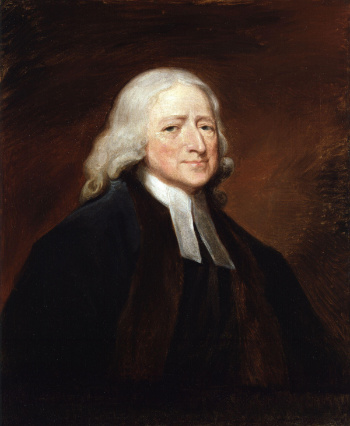
John Wesley, the founder of Methodism, was a strong advocate of soul winning and spreading the gospel through various means, including the use of gospel tracts. In his journal, Wesley wrote about the effectiveness of gospel tracts and encouraged their distribution:
"God does nothing but in answer to prayer, and even they who have been converted to God without hearing of a Bible, were converted by the instrumentality of a tract."
Wesley wrote and distributed many gospel tracts throughout his life. Some of his most famous tracts include "The Almost Christian," "Awake, Thou That Sleepest," and "A Call to Backsliders." These tracts, along with many others, were instrumental in reaching people across England and beyond.
Gospel tracts were an important tool used during the Great Awakening, a period of revival that took place in the 18th century in the American colonies and Great Britain. During this time, preachers such as George Whitefield, Jonathan Edwards, and John Wesley used gospel tracts as a particularly effective tool because they were inexpensive to produce and easy to distribute.
They could be printed in large quantities and distributed widely, making it possible to reach large numbers of people. Many of the tracts used during the Great Awakening were written in a clear, straightforward style that was accessible to people of all educational backgrounds, which helped to further spread the message.
Jonathan Edwards (1703 - 1758)
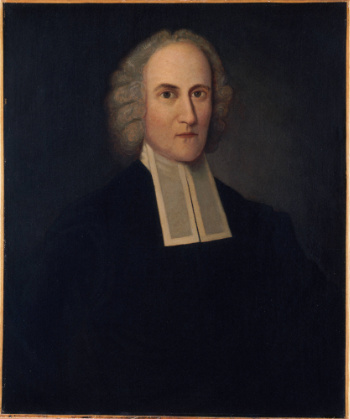
Jonathan Edwards, another prominent figure of the Great Awakening, also recognized the value of gospel tracts. In his writing he encouraged the use of tracts to reach those unable or unwilling to attend church or hear sermons in person.
Edwards saw gospel tracts as a way to supplement and reinforce the spoken word, writing in one of his sermons,
"Preaching is the appointed means of salvation, but...other means must be used as well."
He believed that tracts could provide a written record of the gospel message that people could revisit and reflect on in their own time.
Edwards also saw the potential of tracts to reach beyond the local communities, writing,
"By means of...printed discourses, not only many in the neighborhood, but others in distant places, may be instructed and warned."
Overall, like Whitefield, Edwards believed that gospel tracts were a valuable tool and a complement to traditional preaching.
George Whitefield (1714 - 1770)
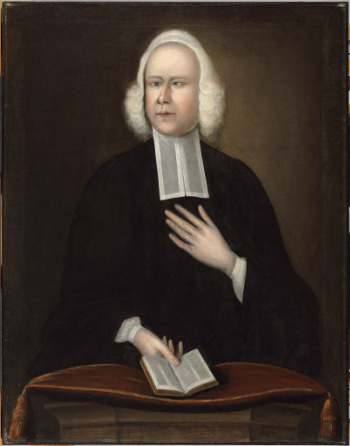
George Whitefield, a powerful Christian preacher and evangelist during the Great Awakening, placed great importance on the distribution of gospel tracts. He said:
"We must use the printing press for the glory of God. Gospel tracts are a good means to awaken sinners, and to confirm and establish those who are seeking the Lord."
He believed that the written word had the power to spread the gospel message beyond the walls of the church and reach people who might not otherwise have access to it. He often printed and distributed tracts himself, urging his followers to do the same.
In a sermon he preached in 1739, Whitefield said:
"I love those souls that are of a public spirit. I love those who publish abroad the gospel by sermon or tract. The latter are, I think, too much neglected. Why should we not scatter them everywhere? They are like the leaves of the tree of life, for the healing of the nations."
George Müller (1805 - 1898)
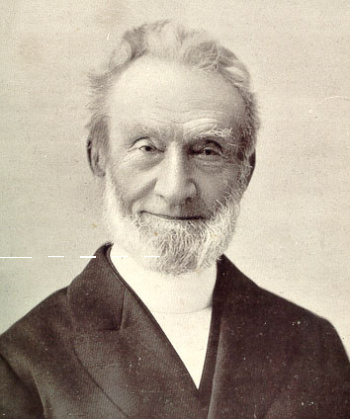
George Müller, famous for a chain of orphanages, and a well-known Christian soul winner of the 19th century, also recognized the value of gospel tracts as a way to share the gospel with large numbers of people in a short amount of time.
In his autobiography, Müller wrote:
"I am convinced that thousands upon thousands of tracts have been blessed to the conversion of sinners, and to the edification and comfort of saints."
Müller also believed that tracts could be used to address specific issues or concerns that people might have, and he often distributed tracts on topics such as prayer, the importance of Bible reading, and the dangers of alcohol and tobacco.
Charles Spurgeon (1834 - 1892)

Charles Spurgeon, a famous Baptist preacher and evangelist in the 19th century, was a strong advocate for the use of gospel tracts. He once said:
"Tracts are more useful than sermons, because most people will read a tract when they will not come to hear a sermon."
Spurgeon also saw the potential of tracts to reach beyond local communities and into different languages and cultures. He was known for his own extensive use of tracts, which he distributed widely both in his native England and in other countries. His advocacy helped to popularize their use in the 19th century and beyond. He said:
"If you cannot preach a sermon, you can at least distribute a tract. This is an age of cheap and plentiful literature. Let us use the press for spreading the gospel and let us do it with all our might."
In a sermon he preached in 1873, Spurgeon said:
"Tracts are one of the most useful forms of literature, and we ought to use them continually. They scatter the good seed far and wide; they bring truth home to men's business and bosoms, and thus they work wonders."
Today, we find that printed tracts do a unique job in our digital world. They can provide an unequaled durability and persistence.
We have stories of a tract that sat for years in a desk drawer patiently waiting for someone to be ready for its message. Another survived a mud puddle in the street and still delivered a destiny-changing message.
Today, the word is that gospel tracts don't work. But history proves otherwise. And —so does the Chick testimony file.
• • • • • •
TESTIMONIES
Below are a few testimonies we have received recently.
"When I was in college during the early 80s, I was a heavy drug user. One night sitting on the table across from friends, was a tract that one of them got. It was so convicting because I knew what it was as I had read a few when I was younger. It really convicted me how far away from God I had gotten. The fellow that joked about it had brought it in from the street and mockingly said, 'Crazy religious guy gave this to me, not a fan but hey, the artwork isn’t bad.' A couple years later after college, the Lord mercifully saved me from my backsliding."
"Back in 1989 I found a 'This Was Your Life' Chick track in a bathroom stall at Camp Pendleton USMC and really liked it. I clung to that little tract for a long time until I found someone who looked like they needed it even more than me. I didn’t know it then but reading that tract was my first baby step in getting saved."
"My wife was saved from a 'This was your Life' in 1971. She is a Pastor’s wife since then and we now are 71. I have passed out thousands and thousands of these and seen people saved. They work!"
• • • • • •
“I remember studying every single picture and reading everything so intently…”
During a recent visit to Chick Publications, singer and musician Kathleen Carnali shared her salvation testimony with David W. Daniels.
Listen as she tells how she received the Chick tract, “This Was Your Life” as a teenager in Massachusetts and how it was instrumental in her salvation.
Learn More about Kathleen on Her Website:
- See more articles on related topics:
- For Christians
- Evangelism
- Do Tracts Work?
Other Articles from May/June 2023:
More on Evangelism:
Products of Interest:
-

Tract Sampler
Samples of the most popular Chick tracts for less than $12. -

Tract Assortment
Big sample pack with 130 titles of world-famous Chick tracts. Have the right tract for ANYONE! Great stories, simple Gospel. 
This Was Your Life
Everything you have said or done will be played back at judgment. Will your name be in the Book of Life?
Greatest Story Ever Told
Here's why Jesus really came to earth...from His birth to His resurrection.
Love Story, A
Who loves you so much He gave you life and left heaven to die for you? It was Jesus!
Choice, The
All through life we make choices. But there is one choice that is more important than all the rest.
Empty Tomb, The
The story of Christ's resurrection from the dead. Because of the empty tomb, Jesus is the only way to heaven.



